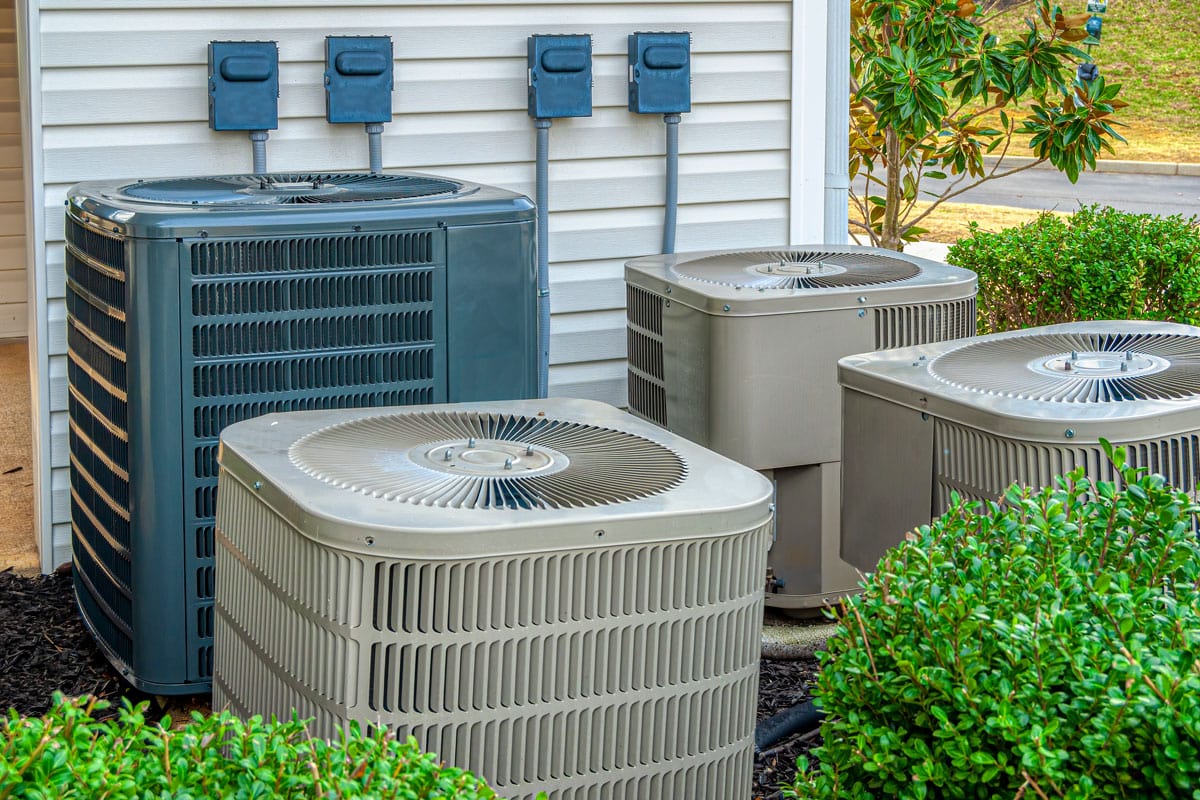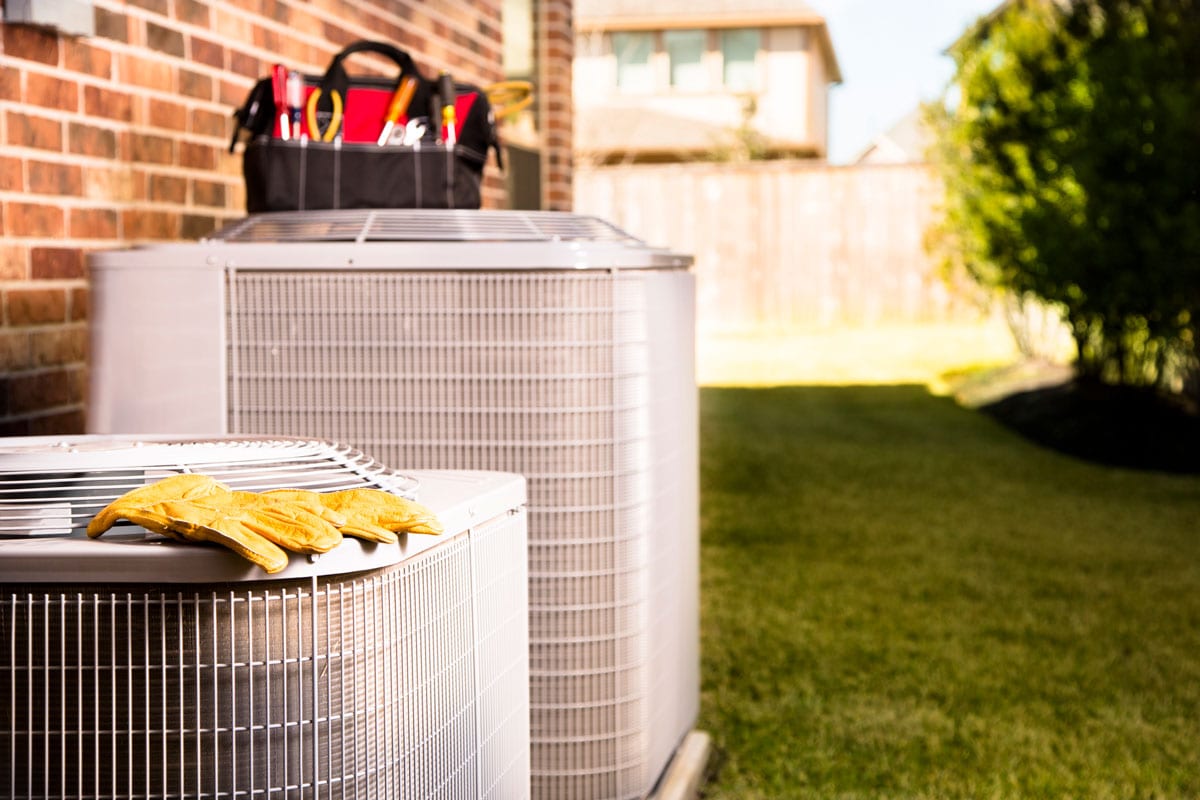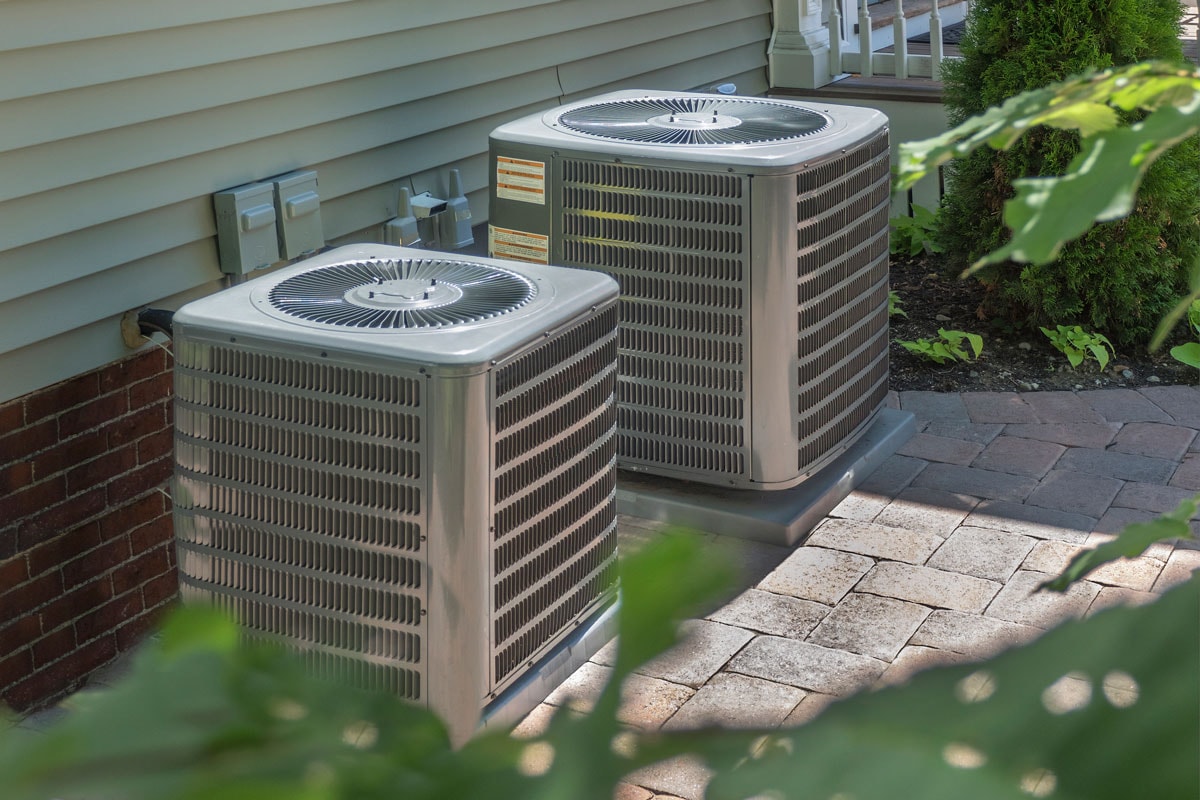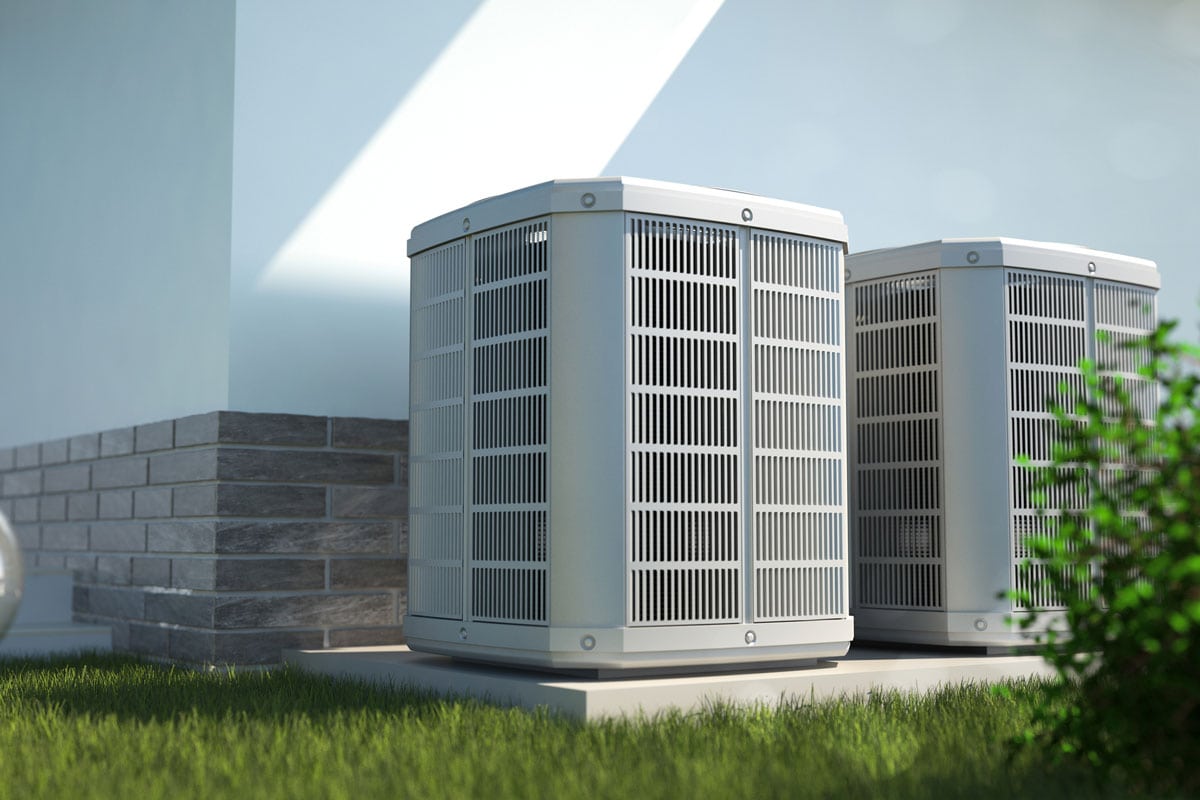Your home has a Rheem air conditioner (AC) that provides your family with a nice temperature day in, day out. Satisfied, you opt to install another AC of the same brand in one of your rooms. But how much tonnage will you need, and how do you determine it? We researched the answers for you.
You can find the tonnage of a Rheem AC on the sticker or data plate of an outdoor unit indicating the model and serial numbers. Specifically, it's the first few numbers found in the second cluster of data of the model number after the dash (-). The first two or three numbers represent the system's nominal BTU in thousands.
Looking for and computing the tonnage can be confusing, but it's worth it. We've gathered helpful information so you can understand more about an AC's cooling capacity and eventually rightsize your system. Read on!

Rheem Air Conditioner Tonnage: How To Find Yours
Before we proceed, we have to unlock the meaning of an important HVAC term, that is, the air conditioner tonnage. AC tonnage (a ton) refers not to the weight of the unit, but to the cooling power of an air conditioner relative to the size of a room.
This can also be understood as the amount of heat an HVAC unit can eliminate from a room per hour. We measure tonnage using the British Thermal Units (BTUs).
Remember that there are 12,000 BTUs for every ton of air conditioning. Following that rule, a unit with 5.0 nominal tonnage has 60,000 BTUs, while a unit with 3.0 nominal tonnage has 36,000 BTUs.
Simply put, you can obtain the system's tonnage by dividing the BTU by 12,000! Easy-peasy to compute, right?

How to Find AC Tonnage from Model Number?
Your Rheem AC has a data plate with its model number (or M/N) attached to the outdoor unit. There's also a sticker inside the front top cover of the indoor unit that shows the model number. It will familiarize you with the tonnage of the system.
For instance, the AC's model number is "RAHE-030JAS." Each letter and number in these two clusters of data represents an important feature of the air conditioner. As we mentioned at the beginning of this article, the first few numbers after the dash indicate the BTU in thousands.

In RAHE-030JAS, "30" represents the BTU, and you can think of it as 30,000 BTUs.
Computing the tonnage
We will now use the information lifted from RAHE-030JAS and mentioned above to compute the tonnage:
30,000 BTUs / 12,000 = 2.5 ton.
Therefore, if your Rheem AC is 30,000 BTUs, you have a 2.5-ton unit. Again, it's not the weight of the unit, but its cooling capacity.
Why Does Understanding Tonnage Matter?
Knowing the AC tonnage is very important, as it will allow you to determine the right size of the system for your home. Additionally, a system with the right size can guarantee efficient, adequate, and reliable heat removal and cooling.
A unit that has too small of a tonnage will render the cooling process futile, most especially during hot weather. With its small capacity, the system will have to work harder nonstop just to achieve the desired cooling level.
On the other hand, a high tonnage for a small room will not only hurt your monthly budget but also can cause serious health and house problems due to the excessive humidity that can result. When there's a very high level of humidity exacerbated by an AC inside a house, problems may arise such as, but not limited to:
- growth of mold and mildew
- peeling of wallpaper
- decay of furniture, floors, and furnishings
- dehydration
- fatigue and exhaustion
- fainting
- shortness of breath
- asthma
Disregarding the right sizing can compromise the performance of the AC by forcing the unit's compressor to shut down and restart more frequently than needed. The constant cycling will call for undue maintenance work and can significantly shorten the lifespan of the unit.
How Much Air Conditioner Tonnage Do I Need?

Buying a unit with high tonnage can be tempting, as some people think that having more is always better. In HVAC, this is not always true. You should carefully look into the following factors when deciding on the right AC size for your home:
- square footage
- number of stories
- ceiling height
- climate zone
- home landscaping
- number of residing people
- quality of insulation
Square footage
As a rule of thumb, a ton, which is equal to 12,000 BTUs, can adequately cool down 400 to 600 square feet of space. Remember that this is only an estimate. For your quick reference, see the list of nominal tonnage below and their corresponding BTUs, and the area of space they can cool.
We've also included some Rheem product models that operate with those tons and BTUs.
1 Ton = 12,000 BTU = 600 sq. feet
1.5 Tons = 18,000 BTU = 900 sq. feet
2 Tons = 24,000 BTU = 1,200 sq. feet
2.5 Tons = 30,000 BTU = 1,500 sq. feet
3 Tons = 36,000 BTU = 1,800 sq. feet (Model: RACCZR036)
3.5 Tons = 42,000 BTU = 2,100 sq. feet
4 Tons = 48,000 BTU = 2,400 sq. feet (Model: RACCZR048)
4.5 Tons = 54,000 BTU = 2,700 sq. feet
5 Tons = 60,000 BTU = 3,000 sq. feet (Model: RACCZR060)
You can also manually compute the AC size based on the measurement of the area to be cooled. On average you'll need 0.0016 tons of AC per square foot.
For instance, your house is 600 square feet. Multiply 600 by 25 BTU, and the product is 15,000. Divide 15,000 by 12,000 BTU, and you'll get 1.25. We can conclude that a 600-square-foot house needs approximately a 1.25-ton AC unit.
Number of stories
The second floor of a house is typically warmer than the first floor because warm air rises. This just goes to show that a single AC may not adequately provide even cooling for a 2-story house. Hence, installing two units--one on each floor--to compensate for each other is highly suggested.
Meanwhile, you may opt to have a single-unit zoned HVAC system so you can control the flow of cold air to the different areas of your house using dampers located in the ductwork.
Ceiling height
The AC's cooling load is also affected by the height of your ceiling. Similarly, the positioning of an AC relative to the ceiling is crucial to achieving efficient air conditioning.
Generally, in a 10-foot-high room, the AC must be placed at least 7 feet above the floor so it can spread cool air efficiently. Installing a fan to augment the cooling power of an AC is ideal.
Climate zone
If the outdoor temperature is very hot, the cooling output of an AC will drop. For example, a tonnage of 3 may drop to 2. Therefore, you should think about the regular weather conditions of your region before buying an AC. A unit with higher tonnage is much desired for homes built in hot areas.
Home landscaping
The trees and plants surrounding your house facilitate airflow, and they can provide a natural cooling effect on your environment. If your house enjoys the shade and cool breeze provided by trees, a unit with less tonnage can be considered.
Number of residing people
The cooling capacity of an AC system can always be affected by the number of people living at home. As we breathe and talk, our bodies produce carbon dioxide and heat.
Imagine a hall teeming with people during a huge gathering. Despite the AC's continuous work, the collective heat of our breath can overwhelm and reduce the system's tonnage.
Quality of insulation

Insulating a house before buying an AC is paramount. It reduces the amount of work an AC will have to do to maintain a cool temperature within a room or a house in general.
There are several ways to insulate a house to keep it cool during the summer. You can insulate the entire house, windows, and ducts. You can likewise seal up the doors, or block for gaps on the floor.
Eliminating all possible outlets through which cool air can leak out of a house will help an AC with just small tonnage.
Final Thoughts

It is fairly simple to determine the tonnage of a Rheem air conditioner by looking at particular digits in the model number. Now that you understand the relationship between BTU, tonnage, and area square footage, and how to compute tonnage, you are ready to choose the right size AC.
With the right knowledge about AC tonnage, you won't have to worry about your power consumption rising while you enjoy a fantastic cooling experience day in, day out!
If you found this article practical and helpful, check out these awesome articles for a more comprehensive discussion:
How To Determine AC Tonnage From Model Number
Lennox Air Conditioner Tonnage: How To Find Yours Out
Armstrong Air Conditioner Tonnage: How To Find What Yours Is
